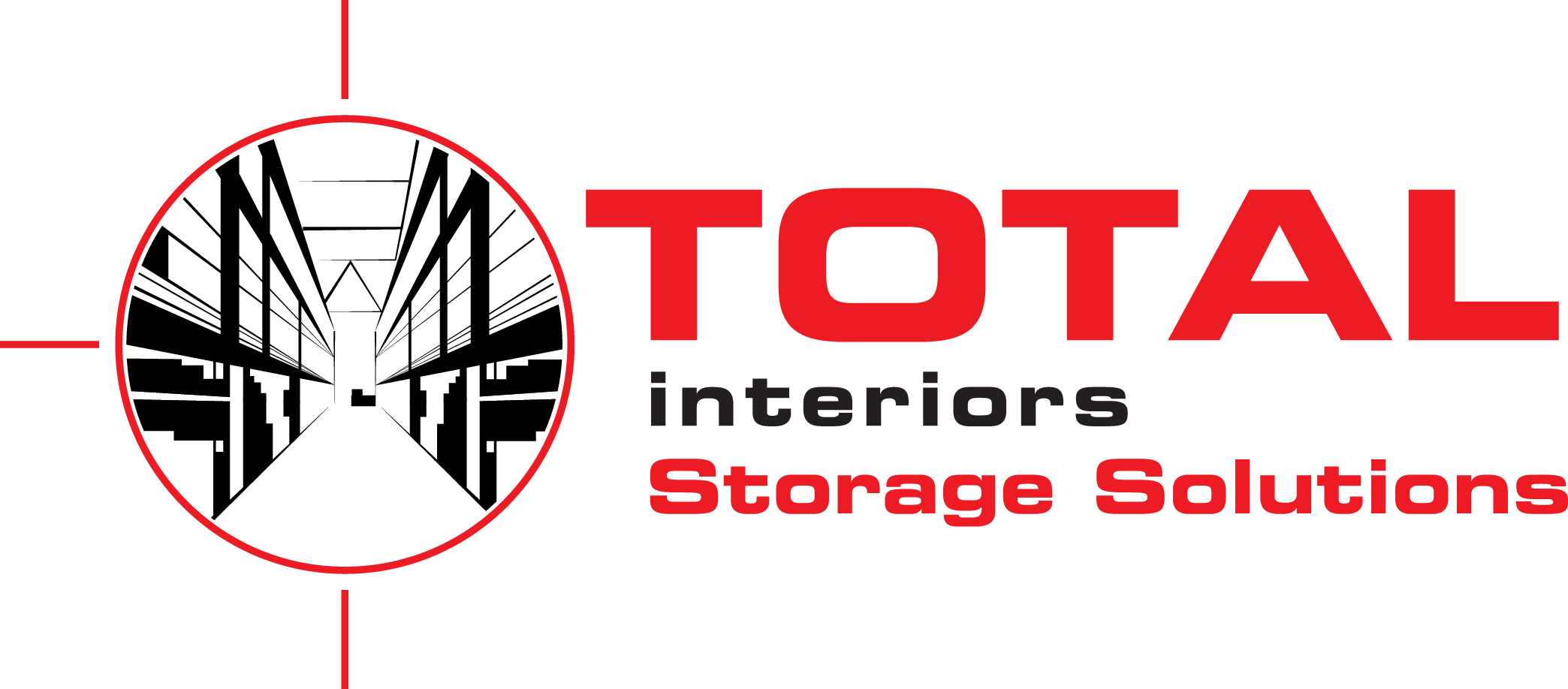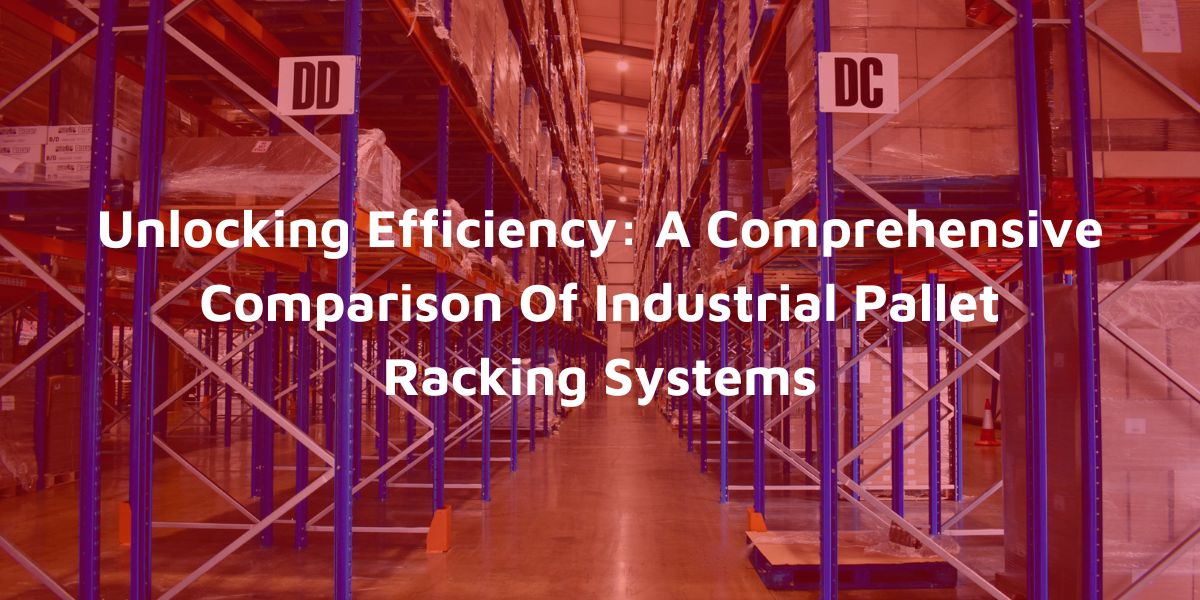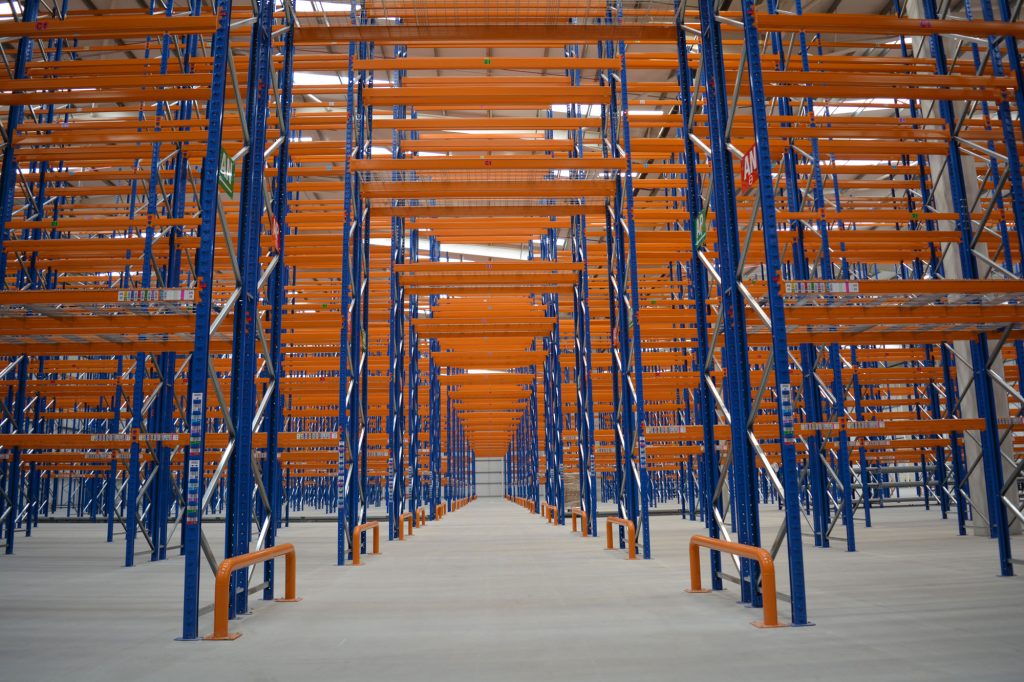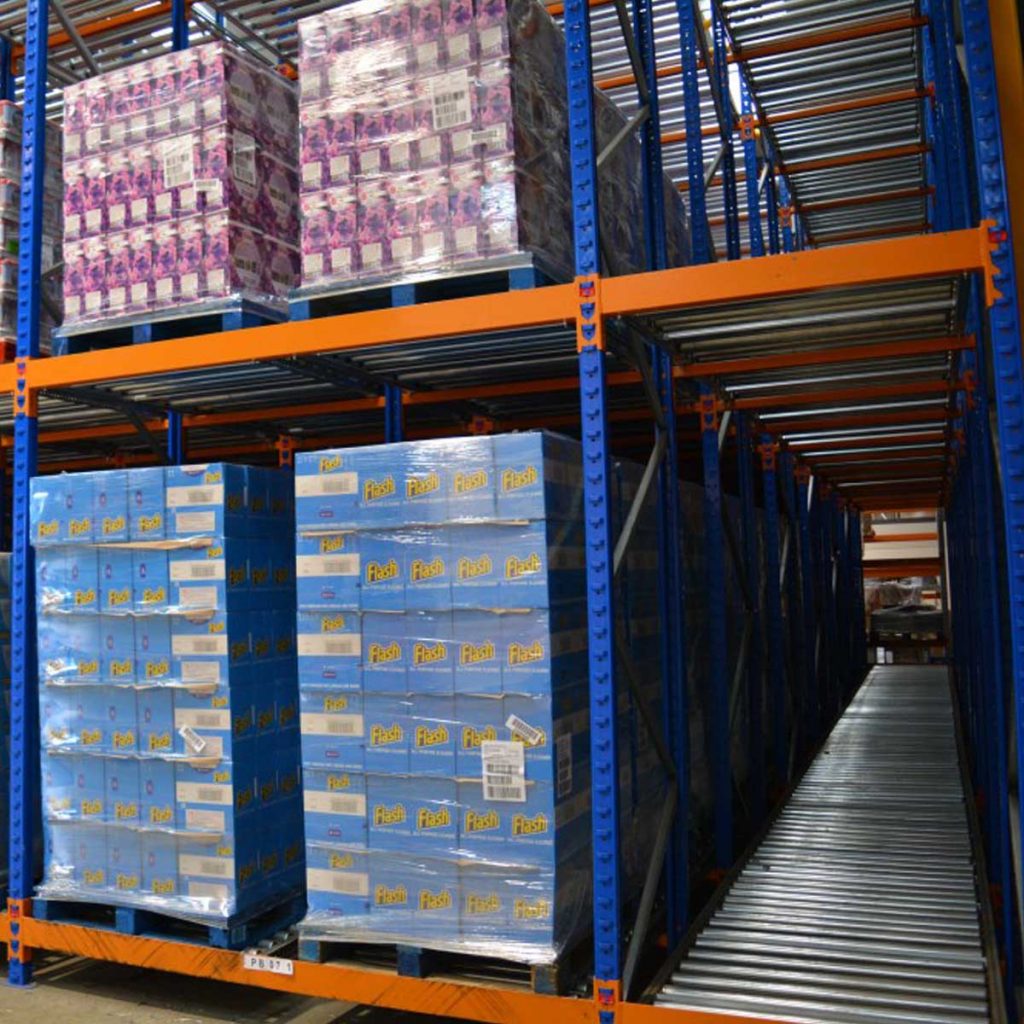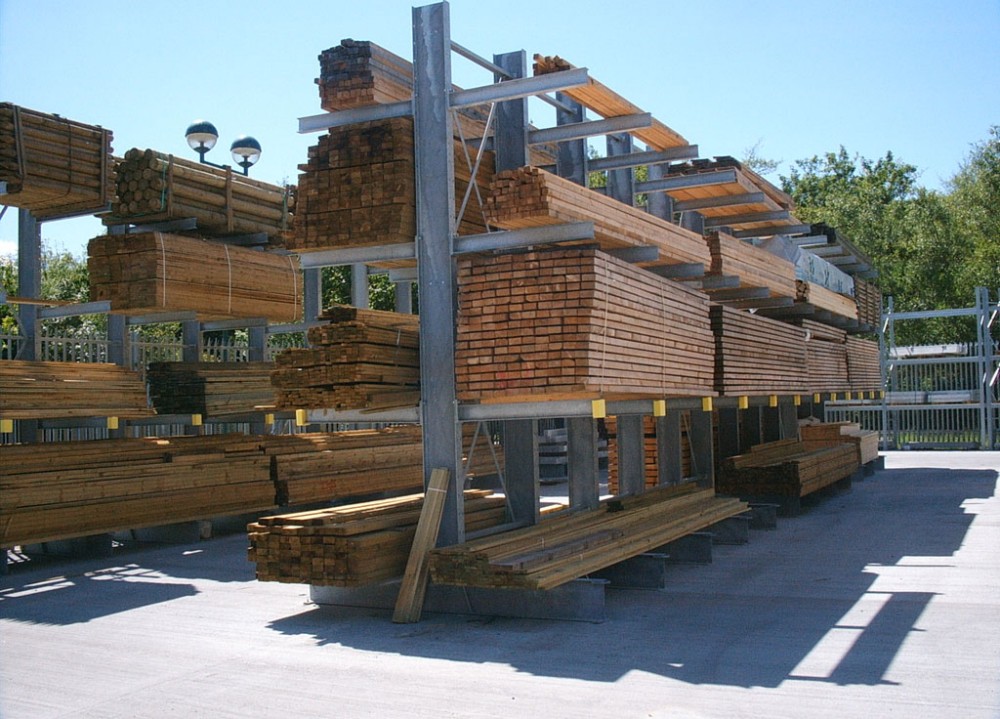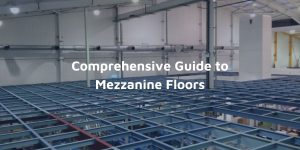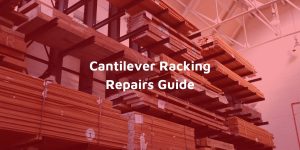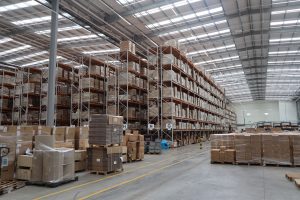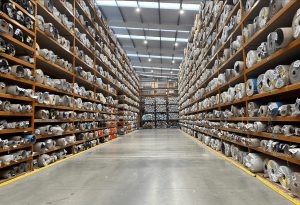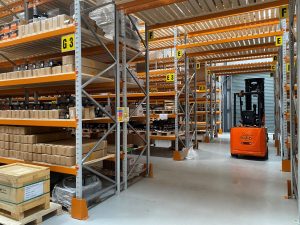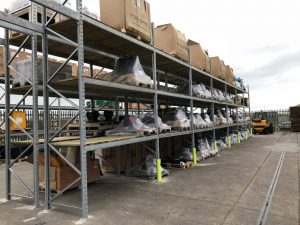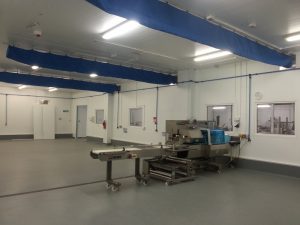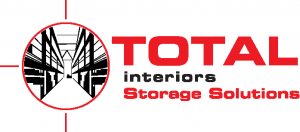In the dynamic landscape of modern warehouses, choosing the right pallet racking system is crucial for optimising storage space and streamlining operations.
Industrial pallet racks play a pivotal role in warehouse management, influencing everything from accessibility to overall efficiency. In this comparative analysis, we will delve into various industrial pallet rack systems available in the market, evaluating their features, benefits, and potential drawbacks.
Armed with this knowledge, your decision-making process can be more informed, aligning with the specific needs of your warehouse.
Selective Pallet Racking Systems
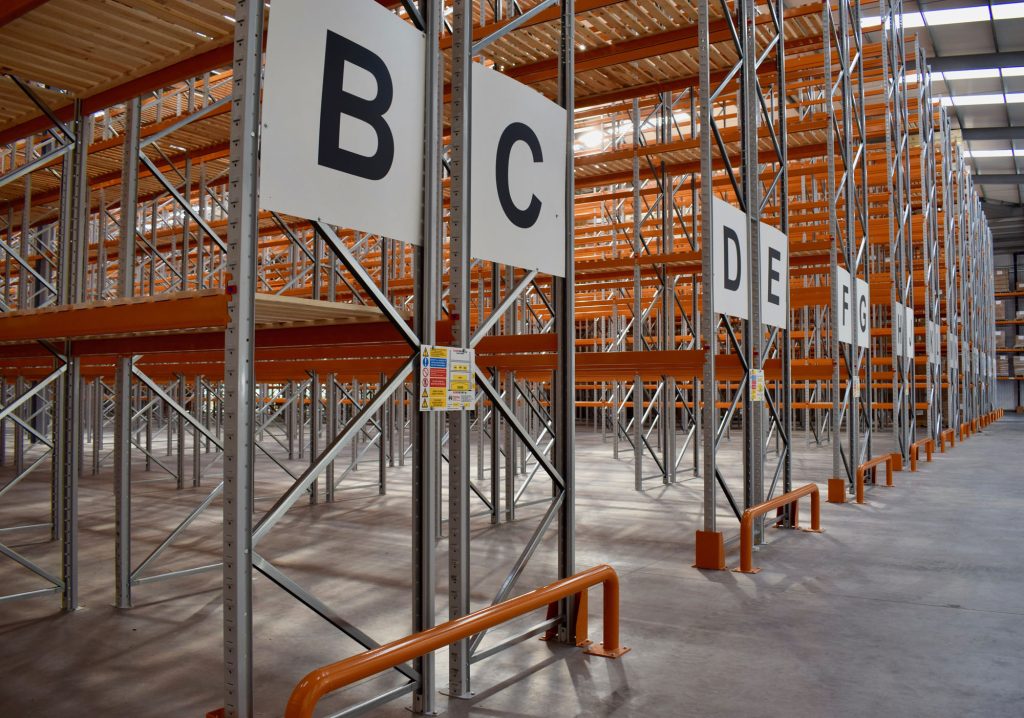
Features
Accessibility: Selective pallet racks allow for direct access to each pallet, making them ideal for warehouses with a diverse range of products that require frequent picking.
Adjustability: The system is highly adaptable, allowing for easy reconfiguration to accommodate changing inventory needs.
Benefits
Efficient Space Utilisation: Selective pallet racks make the most of available vertical space, maximising storage capacity.
Versatility: Suitable for a wide range of products, making them a popular choice for various industries.
Drawbacks
Not Ideal for Bulk Storage: If a significant portion of your inventory is stored in bulk, selective pallet racking may not be the most space-efficient option.
Features
High-Density Storage: Drive-in and drive-through racks maximise storage density by allowing forklifts to drive directly into the rack system.
Last-In, First-Out (LIFO) Storage: Ideal for products with a longer shelf life as it facilitates the rotation of inventory.
Benefits
Cost-Effective: These systems often require fewer aisles, leading to reduced construction and operational costs.
Excellent for Cold Storage: Suited for industries requiring temperature-controlled environments.
Drawbacks
Limited Accessibility: Retrieving items from the middle of the rack can be time-consuming, impacting overall efficiency.
Not Suitable for Time-Sensitive Goods: The LIFO system may not be ideal for warehouses dealing with products that have a limited shelf life.
Features
High-Density Storage: Similar to drive-in systems, push back racks allow for multiple pallets to be stored in the same bay.
Gravity Flow Design: Pallets are loaded from the front, and subsequent pallets push the previous ones towards the back.
Benefits
Increased Selectivity Compared to Drive-In: With each level being independently accessible, push back systems offer greater selectivity.
Efficient Use of Space: Maximises storage space while maintaining accessibility.
Drawbacks
Limited SKU Variety: Best suited for a limited range of SKUs due to the last-in, first-out design.
Installation Complexity: Setting up push back systems can be more intricate compared to traditional selective racking.
Features
Ideal for Long or Bulky Items: Cantilever racks are designed to accommodate items like lumber, pipes, or furniture.
Easy Access to Items: The open-front design allows for quick and efficient loading and unloading.
Benefits
Versatility: Suitable for items of varying lengths and sizes.
Clear Visibility and Accessibility: Warehouse staff can easily identify and access items.
Drawbacks
Not Suitable for Standard Pallets: If your inventory consists mainly of standard pallets, a cantilever system might not be the most efficient choice.
Limited Vertical Storage: The design of cantilever racks may limit their height, impacting overall storage capacity.
Conclusion: Making an Informed Choice
In the realm of industrial pallet racks, there is no one-size-fits-all solution. The choice between selective, drive-in, push back, or cantilever racking systems depends on the nature of your inventory, warehouse space constraints, and operational requirements.
Consider conducting a thorough analysis of your warehouse needs, taking into account the types of products you handle, the frequency of access required, and the overall storage capacity required.
By aligning these factors with the features and drawbacks of each pallet racking system, you can make a well-informed decision that optimises efficiency, maximises space utilisation, and ultimately contributes to the success of your warehouse operations.
If you need any further assistance, please get in touch with us.
